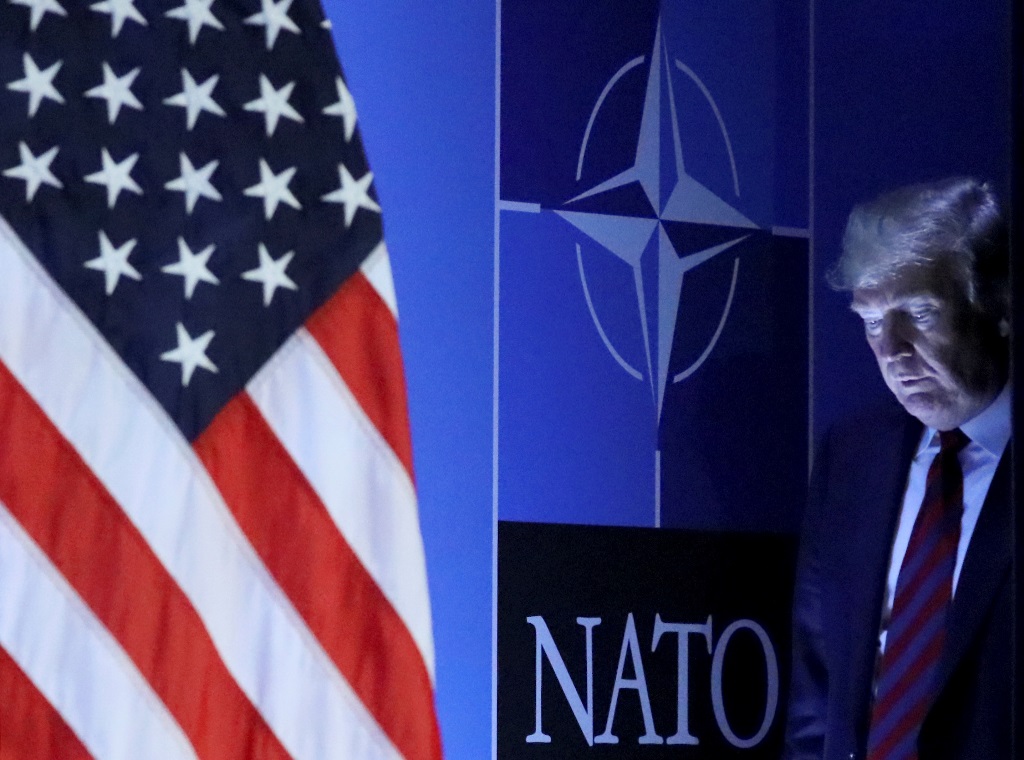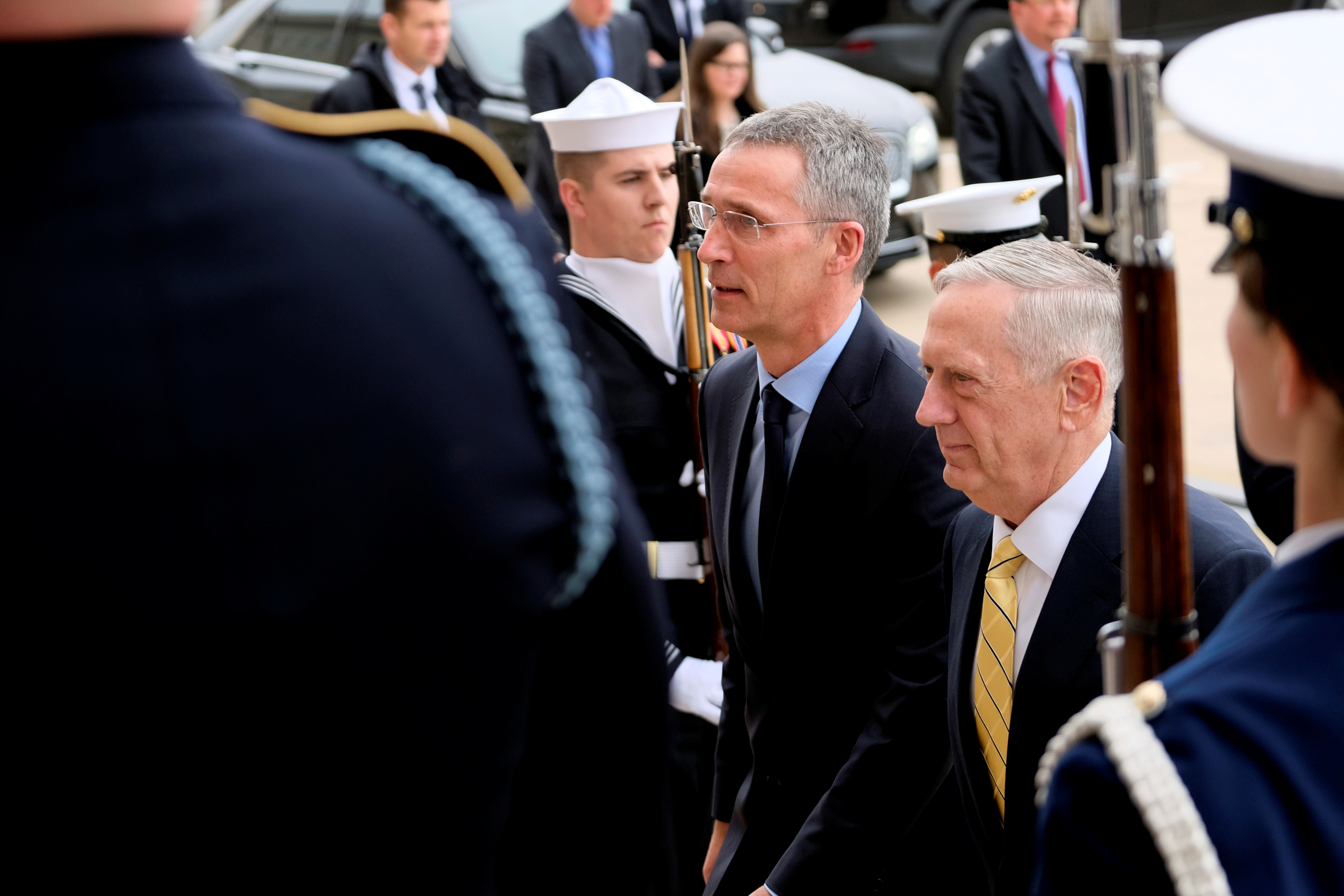NATO Summit in Brussels

What were Trump’s main goals?
Before the summit, the U.S. president sought to make the Allies adopt plans to increase defence spending to at least 2% of GDP by 2024 (so far, some two-thirds of the 29 members have presented schedules to meet that goal while NATO expects eight countries to spend that much already in 2018). During the meeting, though, Trump demanded faster fulfilment of that goal and a further increase to 4% of GDP. Trump’s true intentions are not clear, but they could boil down to increasing the pressure to reach the original 2% target and demonstrate the president’s determination to American voters. At the end of the summit, Trump underscored the importance of NATO to the U.S. and ambiguously suggested that the Allies agreed to accelerate defence spending and reach higher levels, although other leaders denied that. Trump added that reaching 2% of GDP in defence spending is no longer a distant goal for NATO countries, but a hard commitment.
Why is defence spending so controversial in NATO?
The reason for the tension lies not in the need for a defence spending increase—NATO estimates that in 2015-2018, it has grown by a cumulative $87 billion in Europe and Canada beyond the 2014 spending level—but on the pace of that process. Many countries argue that the 2014 Wales summit declaration stated that the allies will “aim to move towards” reaching the 2% of GDP target by 2024, not that they will reach it by that year. Some NATO members point to adverse economic situations, a lack of popular support for hiking defence spending, and potential problems in effectively spending additional funds. Germany, among others, also argues that the level of defence spending alone is not an adequate measure of burden-sharing because it does not include, e.g., contributions to NATO missions. The approach to this issue among the Allies is also influenced by differences in threat perception.
What were the summit’s main decisions regarding strengthening the Eastern Flank?
NATO is to improve its ability to rapidly deploy larger groups of reinforcements, key to deterrence credibility. The leaders approved the NATO Readiness Initiative, which envisions that by 2020, the Allies will have 30 mechanised battalions, 30 air squadrons, and 30 naval combat vessels ready to use within 30 days. The U.S. will host a new command, responsible for securing the sea lanes that would be used to send reinforcements to Europe. A second new command will be based in Germany and tasked with logistic support for the movement of forces within Europe. Moreover, NATO and the EU are to tighten their cooperation in improving the procedures and infrastructure related to cross-border movement of troops and equipment. There are also ongoing discussions on the establishment of two Land Component Commands capable of commanding a multi-corps operation. Poland seeks to host one of those commands.
What is the importance of the NATO summit to the upcoming Trump-Putin meeting?
The disputes over defence spending did not prevent the Allies from reaching agreement on strengthening deterrence and defence of the Eastern Flank. NATO also maintained its open-door policy, which is opposed by Russia. Trump’s harsh criticism of Germany regarding the Nord Stream 2 pipeline also highlights the conflicts of Russian and American interests. However, the very fact that Trump did not exclude discussing stopping NATO exercises in the Baltic States with Putin and made vague statements about the status of Crimea raises doubts about the extent he is willing to stick to the position of his own administration and the Alliance. Moreover, while Russia criticizes increased defence spending in NATO, it also counts on that issue deepening divides within the Alliance.
How will the NATO summit affect Poland’s security?
The decisions to strengthen deterrence and the perspective of a further increase in NATO defence spending are positive for Poland. Nonetheless, in the longer term there is the risk that a further escalation of disputes between the U.S. and other NATO members will have a negative effect on Poland’s security. This would happen if Trump goes too far in exerting pressure on defence spending, for example, by limiting U.S. financing of the American military presence in Europe. Trump’s willingness to such moves will depend on whether he truly recognizes the broader importance of NATO to the U.S. or approaches Europe strictly through the prism of narrowly defined interests related to the trade balance and volume of defence expenditure. The uncertainty of Trump’s belief is compounded by contradictions in his own rhetoric and the dissonance in his statements and those of his close advisors.




